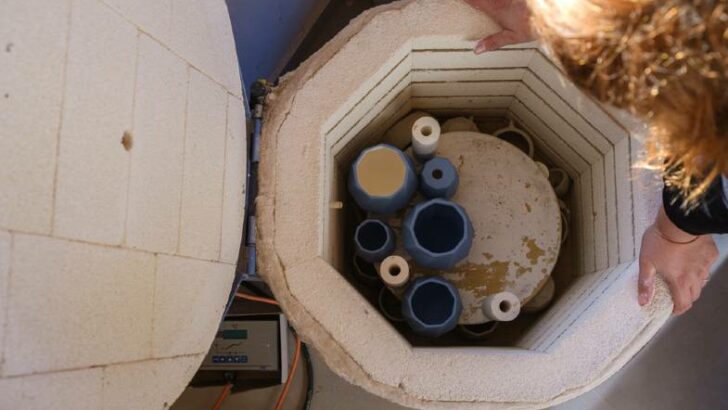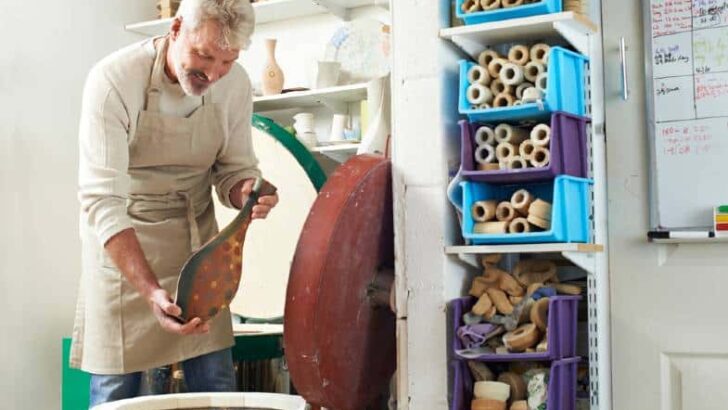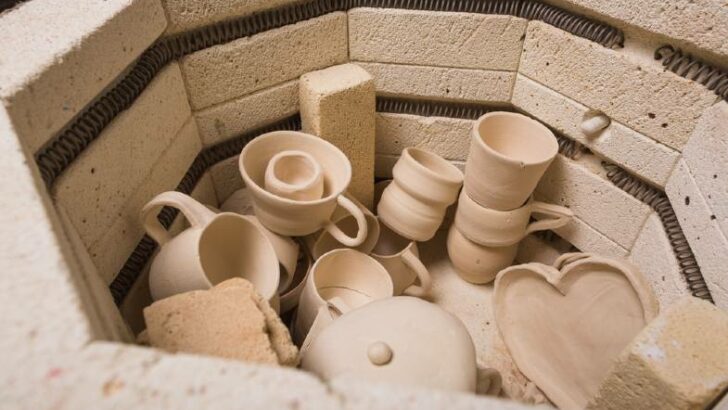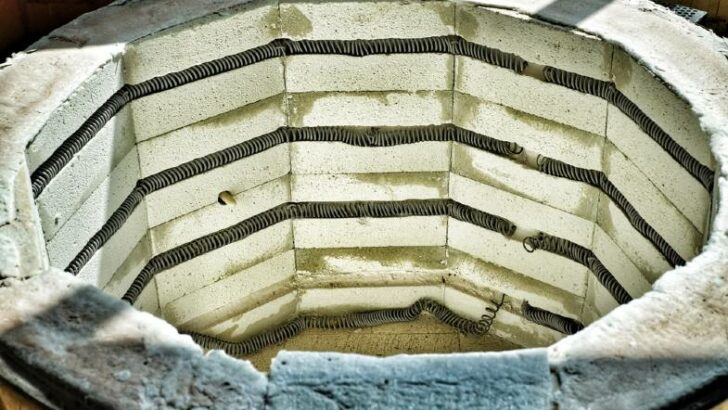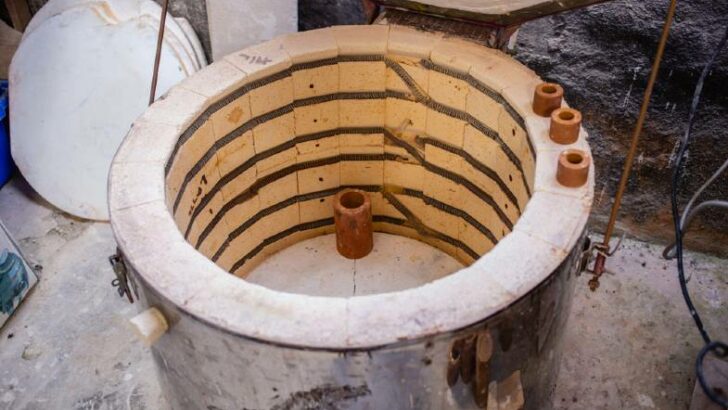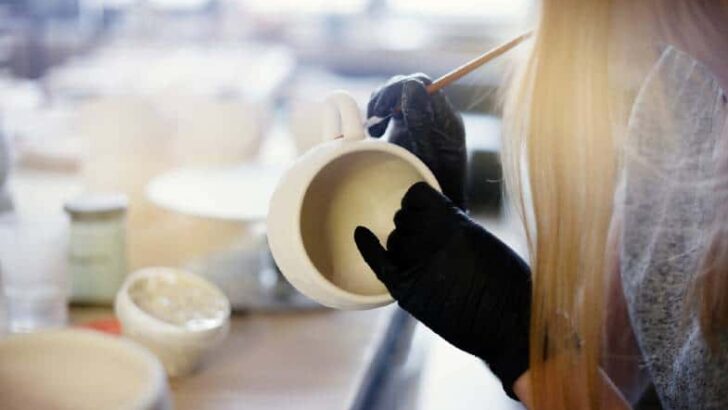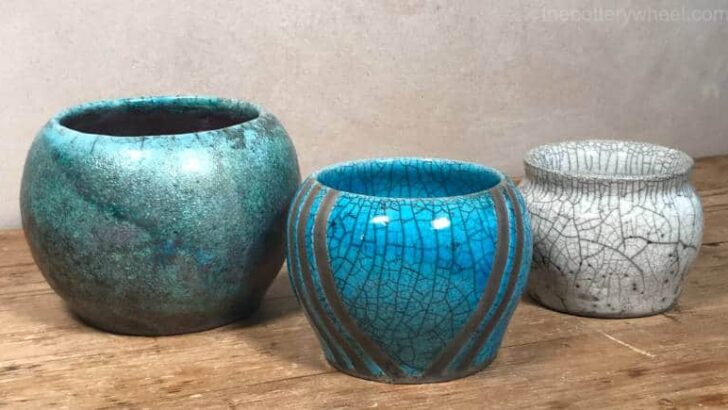Your cart is currently empty!
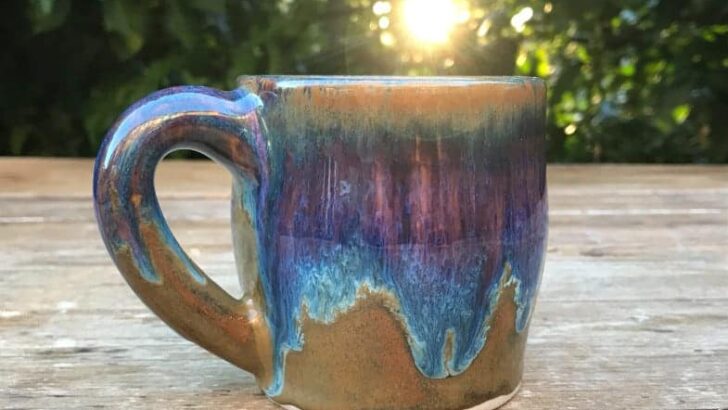
4 Potter’s Choice Glaze Problems – And How I Solved Them
I really like the look of flowing glazes, so when I first saw the Potter’s Choice range, I loved them. When I began to use them, I had a few difficulties and I wasn’t getting the results I wanted. With a bit of research, and with trial and error, I have worked through these. Here…

